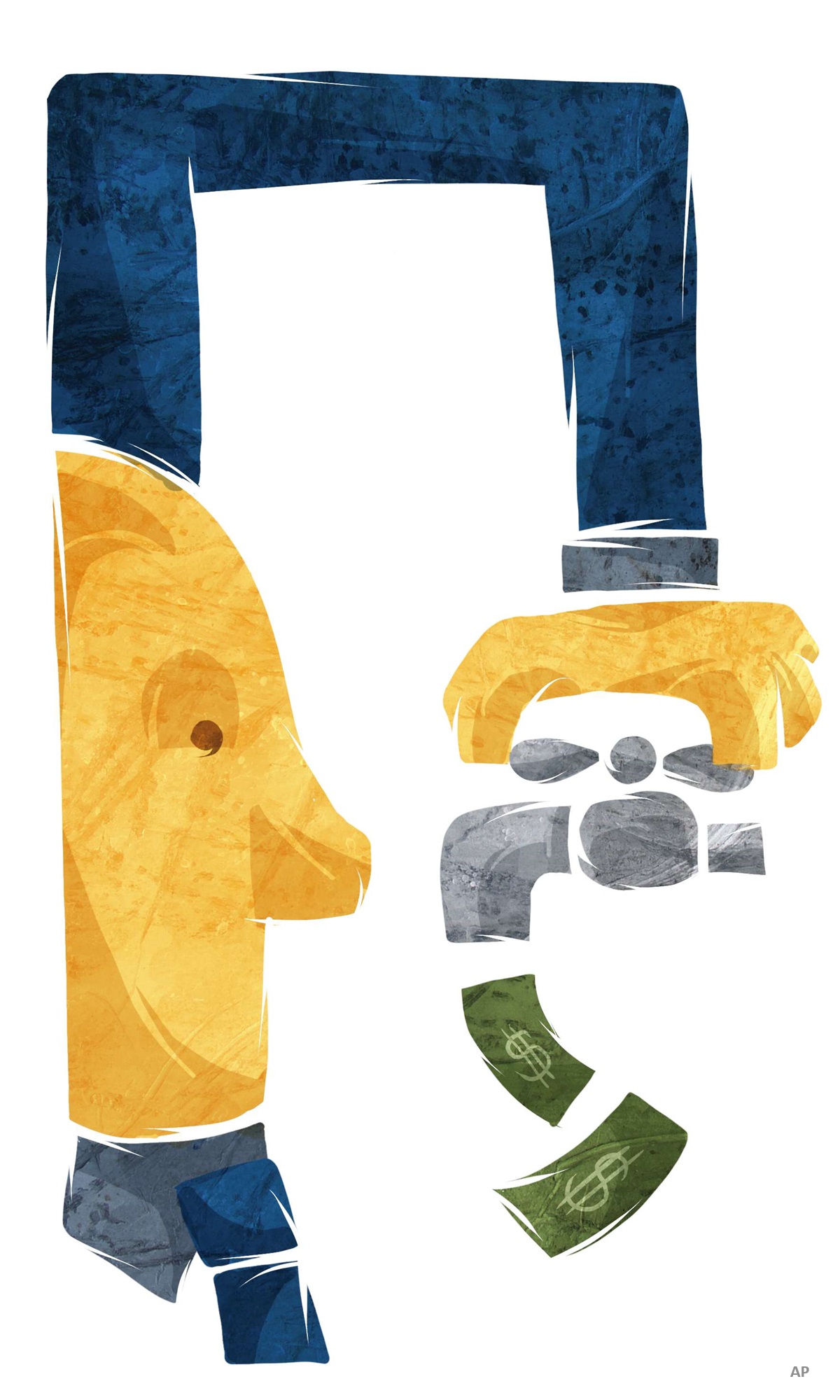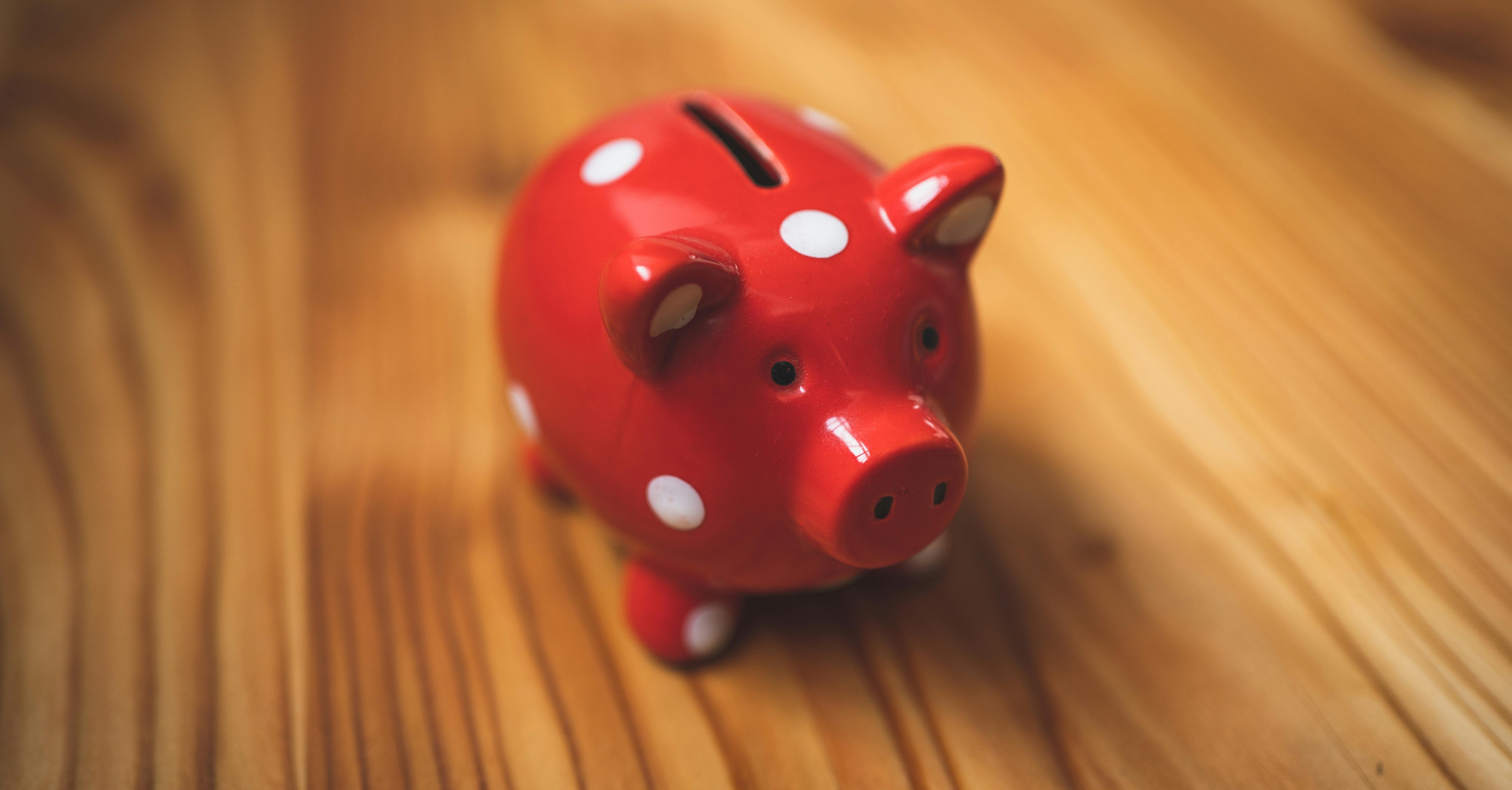
Every year, as the registered retirement savings plan (RRSP) contribution deadline approaches – March 01, 2021, in case you missed it – Canadians scramble to scrape together enough funds to contribute to their retirement savings. An RRSP is a tax-differed retirement savings vehicle in which to sock away funds. The size of an annual RRSP contribution room is determined by your total earned income for the year before. For example, the RRSP limit for the 2020 tax year is 18% of your 2019 gross income, or $27,230, whichever is less.
Trouble is, owning to high debt-to-income levels, average Canadian households are not able to save enough to maximize their RRSPs. However, there are some strategies that Canadians can use to make a bigger RRSP contribution than they think possible.
1. Automate Saving
There is no better way to save than set up automatic savings plans, says Lisa Elle, a Cochrane, Alberta-based certified financial planner, and author of STRUT: How to Kick Financial ASSets in Sexy Shoes. “Set it and forget it,” she says. “It becomes another automated bill leading to forced savings and [helps] reinforce good habits.”
Morningstar behavioural economist Samantha Lamas agrees, saying that the best way to trick yourself into saving is to set up automatic withdrawals. “Set up an automatic transfer from your checking account to your savings account. Even better, make sure to have the payment transfer as soon as you get your paycheck, so you barely feel the ‘loss.’ To go the extra mile, create a structure where the amount transferred automatically increases after a certain period of time,” she recommends.
Monthly contributions break down a larger amount to smaller, more manageable portions and reduces the stress of producing a big chuck on money at the end of the year. If you’re saving monthly and investing regularly, so much the better.
“If you are in the top marginal tax bracket, it is one of the few tax deductions available to you,” Elle argues.
2. Emergency Funds – For Savings!
Elle recommends you have a savings account for emergency needs and regularly contribute to it. This way Canadians can have funds available for emergencies without having to tap their RRSPs, which could have tax consequences. Better still, at the end of each year, any unused amount could be contributed to your RRSP.
“You may have a lot of excess cash that may be better utilized to reduce your tax bill this year, and then you can replenish the emergency fund throughout the year,” says Elle.
3. Reinvest Tax Return
The amount contributed to an RRSP is tax deductible. However, in this age of instant gratification and the YOLO (you only live once) mantra adopted by many Canadians, tax refunds often end up funding impulse buying or beach vacations, to the detriment of future retirement income.
Elle says one way to spice up your savings is to re-invest the tax refund back into your RRSP. She explains the math using an example of someone in the top marginal tax bracket (about 40%) putting $10,000 into their RRSP account annually and getting a tax refund of about $4,000. “Because you know you are getting that $4,000 as a tax refund, why not invest it in RRSP,” she says, “If you do re-invest your return money, you will now invest $14,000 in your RRSP, instead of the $10,000 you are saving up.”
“If you really want to buy that new toy or go on a trip – why not re-invest at least half of tax refund. You will still get a big boost on your savings,” Elle says.
4. Transfers from Non-Registered Accounts
Don’t have actual cash to maximise your RRSP contribution? No problem. If you have investments held in a non-registered savings plan, you can take advantage of in-kind asset transfers that allow any securities in that account to be moved to your RRSP.
“That could be your stocks or mutual funds, if you don't want to sell them,” says Elle. Upon such a transfer, the accountholder will receive an RRSP contribution receipt required to generate a tax refund. It is important to note, though, under Canadian tax rules when the stocks are moved into your RRSP, the transaction is considered as a deemed disposition, which triggers capital gains tax even though you haven’t actually liquidated those securities. However, Elle argues, “the RRSP deduction should help offset any in-kind transfer from a non-registered account.”
There is also a way around the tax consequence of an in-kind transfer. If the transfer is made from your TFSA account, it would “have no tax implication on the transfer and you would still get your deduction for the amount contributed to the RRSP,” Elle notes. “We make sure many clients first put money into their TFSA throughout the year, and then we decide during the first 60 days of contribution the exact amount we want to transfer from TFSA into RRSP to reduce their tax bill.”
Of course, one needs to make sure they have enough contribution room in TFSA and RRSP so the CRA doesn't come after you for over-contribution rules, which could be very costly.
If you choose to sell securities in your non-registered investment account and use the proceeds to re-purchase those securities into your RRSP, beware the superficial loss rules. You will be denied a capital loss on your investment if you repurchase the security within 30 days of selling it, even if you buy it back in an RRSP account. You are required to wait for 30 days before re-purchasing the same security to claim a capital loss.
5. Borrow to Invest?
Many readers ask us if they should borrow to invest. It could be an attractive option form some, particularly given the current ultra-low interest rates. However, be careful.
Christine Benz, director of personal finance at Morningstar, warns that investors should carefully think about they can realistically earn on different types of investments. “In this case, there is a mismatch between a guaranteed obligation (borrowing cost) and the return, which is uncertain regardless of where you invest unless you’re in cash,” she says. “And with cash vehicles you won’t come close to matching your borrowing costs.”
“Make sure you have it paid back as soon as possible, preferably with your tax-refund,” cautions Elle. The reasoning is that tax-sheltered growth of RRSP investments could outpace the cost of short-term borrowing.
Benz suggests thinking about thing differently: “If you know you have the money each month that you’d use to make a loan repayment, why not set up a regular investment plan and invest it each month instead? Borrowing money to invest might be something that some sophisticated traders may engage in, but generally speaking for more small investors managing their account it adds risk, complexity and costs - something I would advise against.”
In conclusion, it’s best to start planning out your RRSP strategy for next year as soon as possible rather than wait until the last moment, “because that is how you can really maximize your retirement savings and not be caught with a large tax bill and no savings to be able to invest in your RRSP,” says Elle.




















